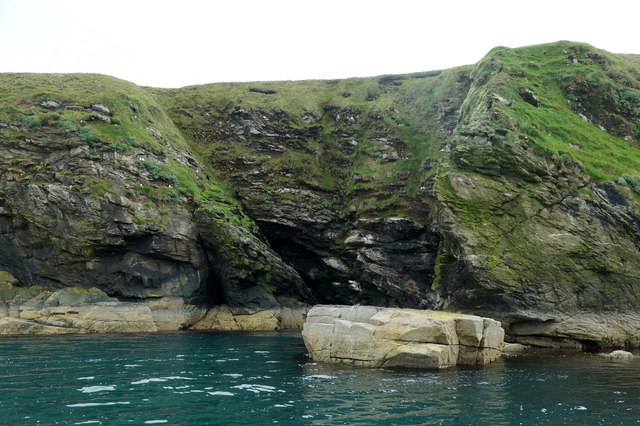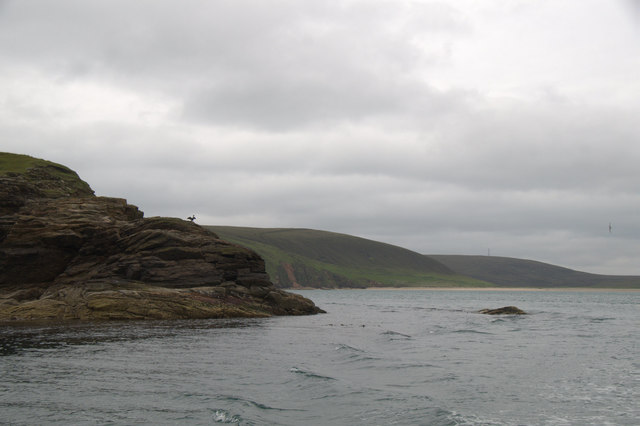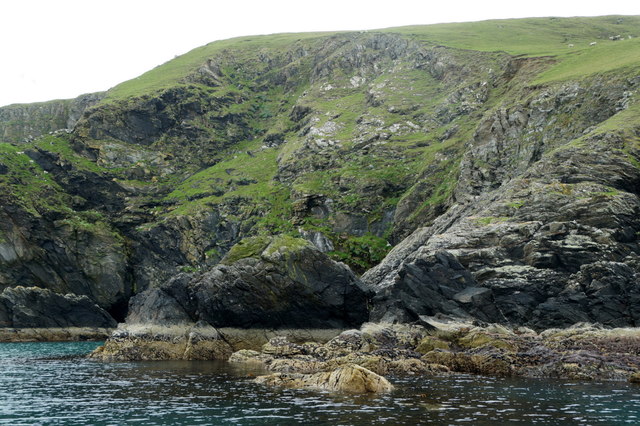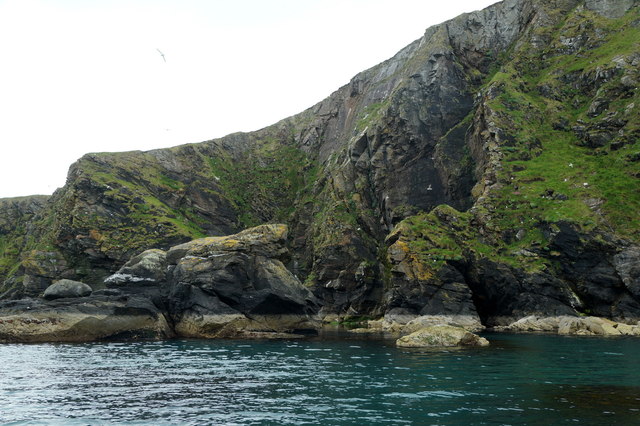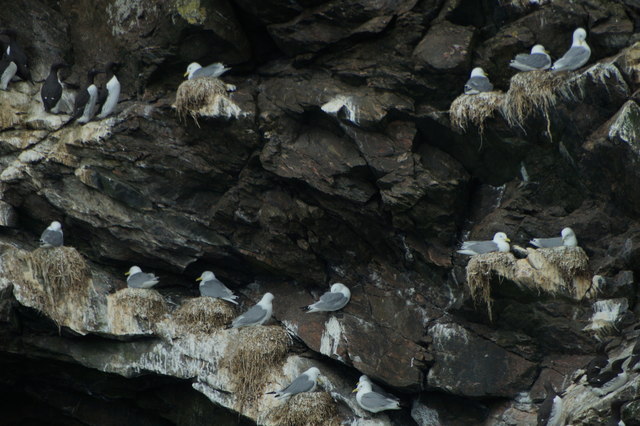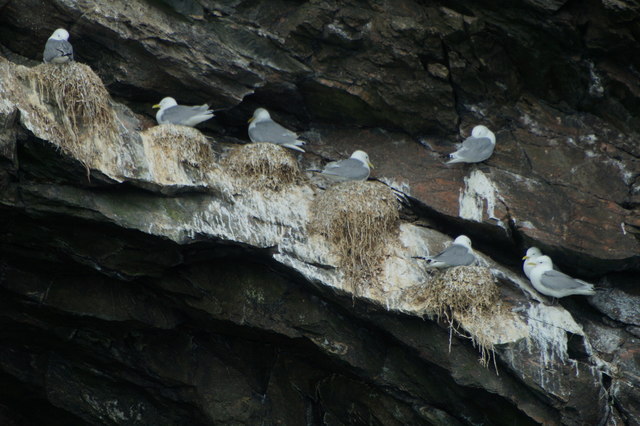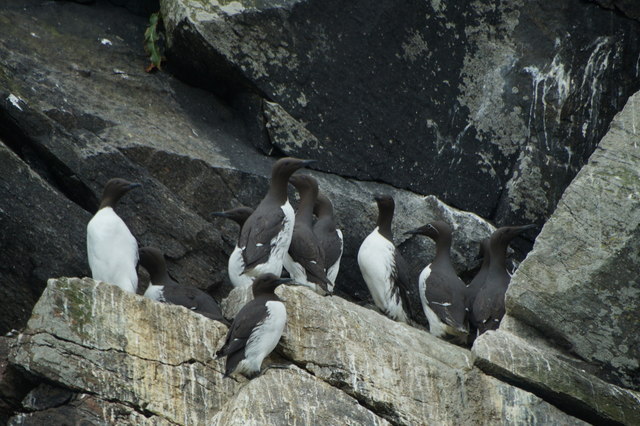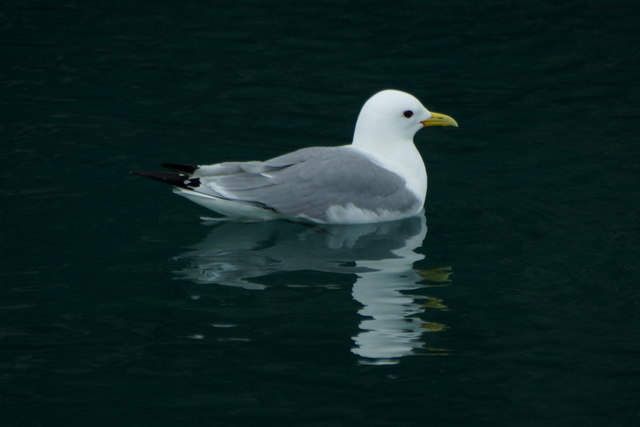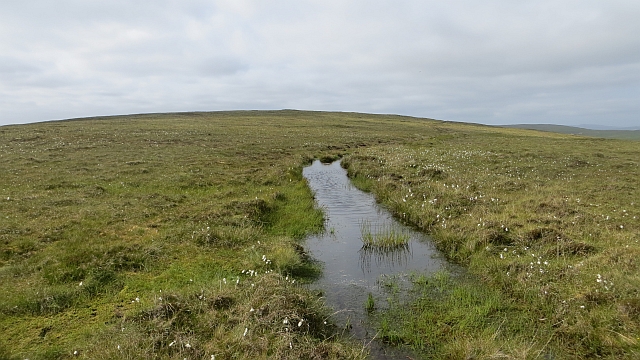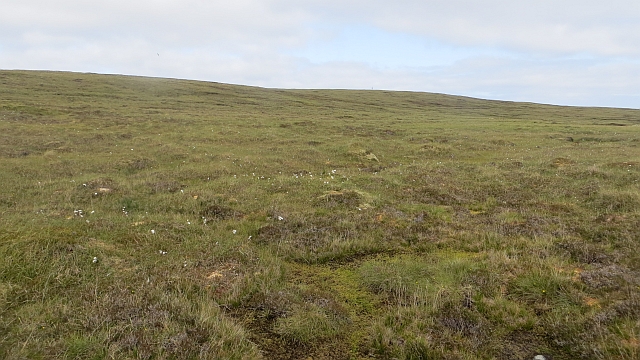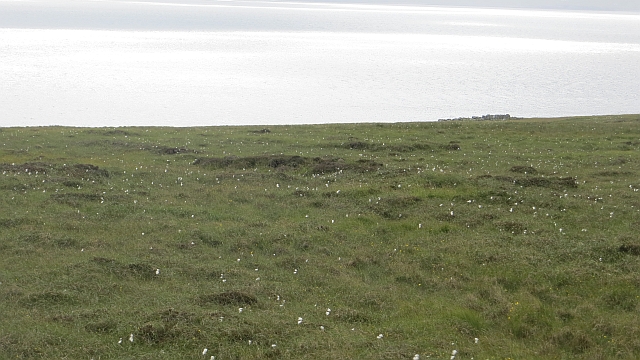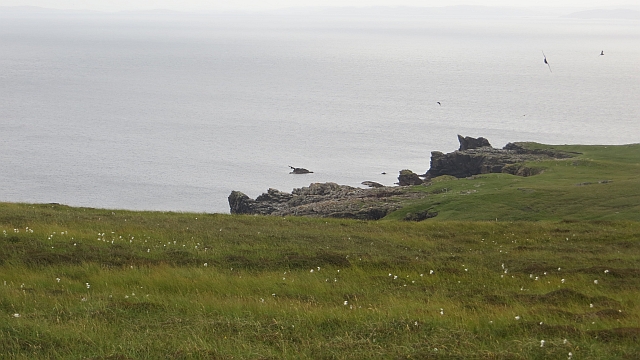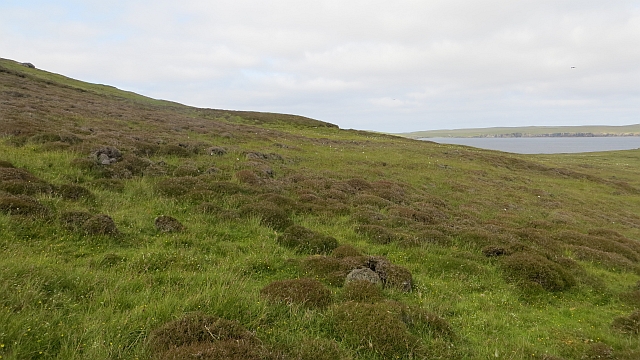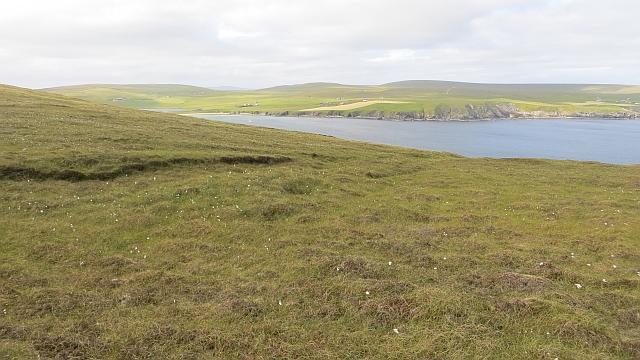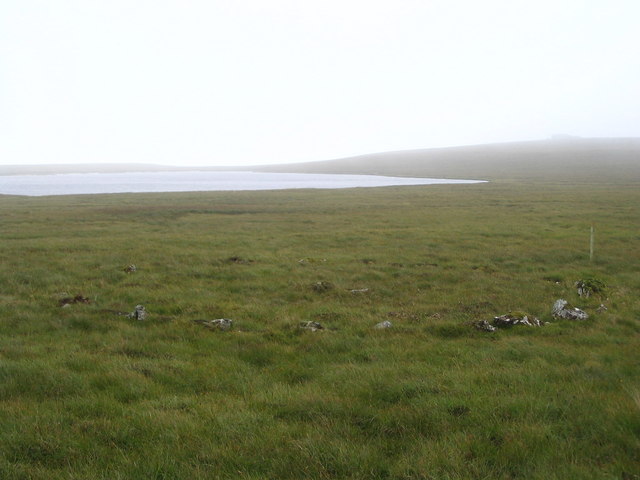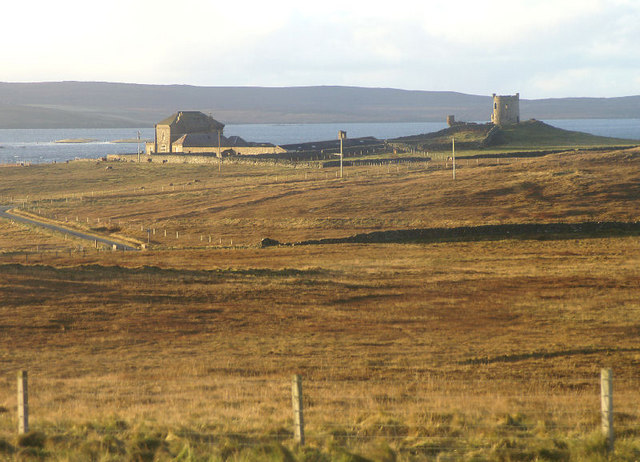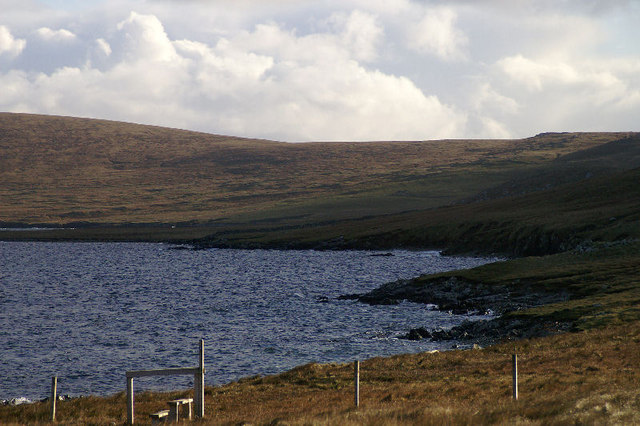Silda Wick
Sea, Estuary, Creek in Shetland
Scotland
Silda Wick
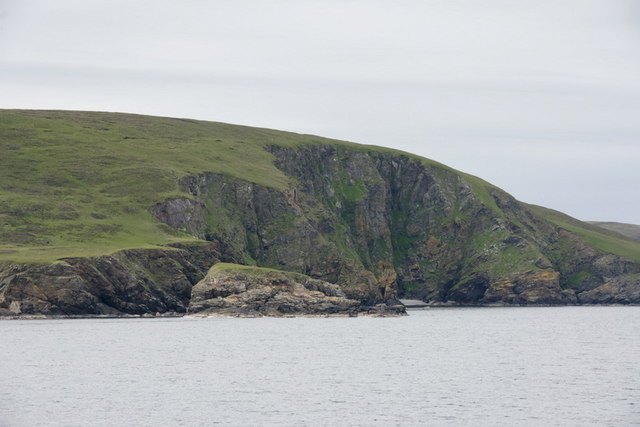
Silda Wick is a small coastal inlet located on the island of Shetland, Scotland. It is characterized by its tranquil waters and picturesque surroundings, making it a popular destination for nature enthusiasts and photographers.
Situated along the North Sea, Silda Wick offers stunning views of the open ocean and the rugged cliffs that line its shores. The area is known for its rich marine life, making it a haven for birdwatchers and seal spotters. The wick is also home to a variety of fish species, attracting anglers who come to try their luck in the waters.
The estuary of Silda Wick is fed by a small creek, which flows through the surrounding hills and valleys. The creek provides a serene and peaceful atmosphere, where visitors can relax and enjoy the gentle sound of running water.
Due to its remote location, Silda Wick remains relatively untouched by human activity, providing a pristine and unspoiled natural environment. The surrounding area is characterized by rolling hills, heather-covered moorland, and peat bogs, offering a unique and breathtaking landscape for hikers and nature lovers.
Access to Silda Wick is primarily by foot or boat, as there are no major roads leading directly to the area. However, this adds to its charm and seclusion, allowing visitors to truly immerse themselves in the beauty of the Scottish countryside.
Overall, Silda Wick is a hidden gem on the island of Shetland, offering visitors a chance to escape the hustle and bustle of modern life and connect with nature in its purest form.
If you have any feedback on the listing, please let us know in the comments section below.
Silda Wick Images
Images are sourced within 2km of 60.584293/-0.88895042 or Grid Reference HU6089. Thanks to Geograph Open Source API. All images are credited.
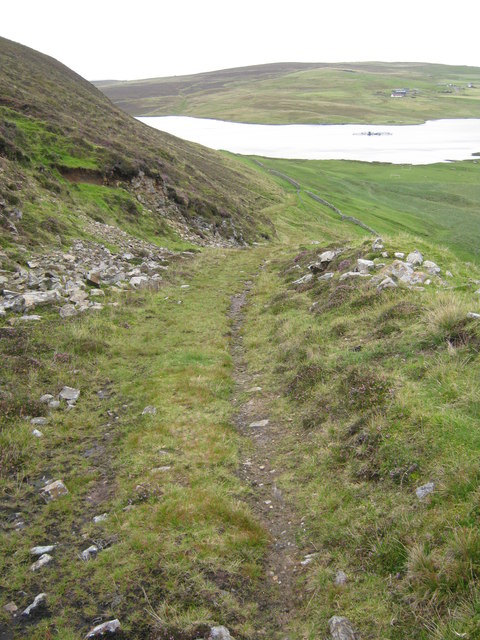
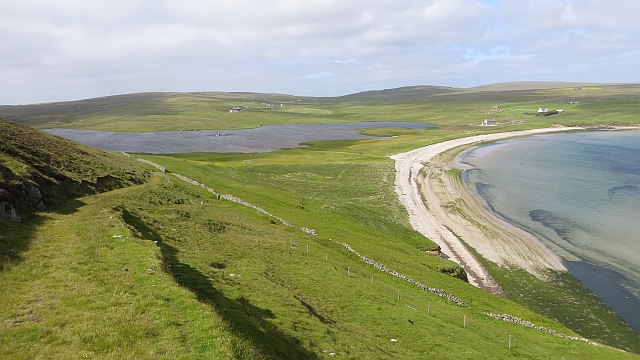
Silda Wick is located at Grid Ref: HU6089 (Lat: 60.584293, Lng: -0.88895042)
Unitary Authority: Shetland Islands
Police Authority: Highlands and Islands
What 3 Words
///pans.glow.affirming. Near Houbie, Shetland Islands
Nearby Locations
Related Wikis
Fetlar
Fetlar is one of the North Isles of Shetland, Scotland, with a usually resident population of 61 at the time of the 2011 census. Its main settlement is...
Haltadans
Haltadans, also known as Fairy Ring or Haltadans stone circle, is a stone circle on the island of Fetlar in Shetland, Scotland. This site is a ring of...
Brough Lodge
Brough Lodge is a 19th-century Gothic mansion on Fetlar, one of the Shetland Islands, in northern Scotland. Built by the Nicolson family, who were responsible...
Funzie Girt
Funzie Girt (; Scots: Funyie Girt "Finns' dyke") is an ancient dividing wall that was erected from north to south across the island of Fetlar in Shetland...
Have you been to Silda Wick?
Leave your review of Silda Wick below (or comments, questions and feedback).
